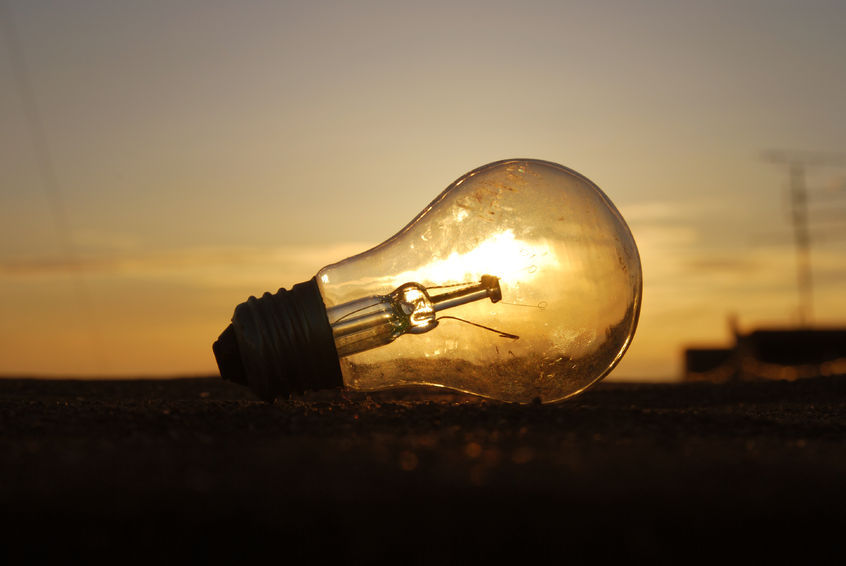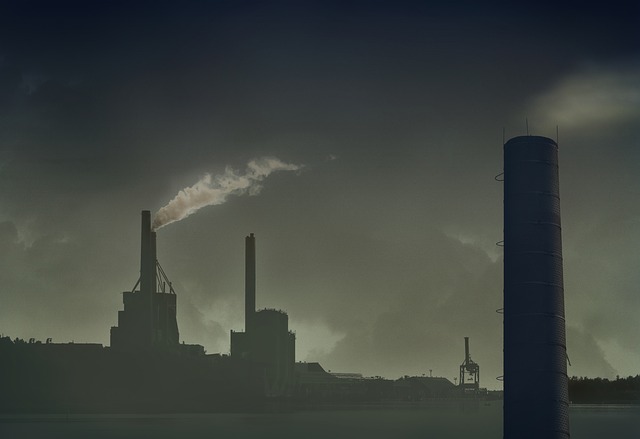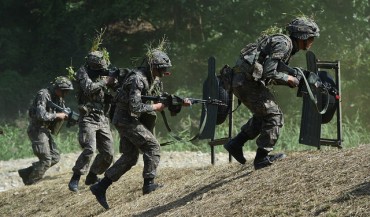
The town has set the perfect example of successfully converting a NIMBY (not in my backyard) facility to a PIMFY (please in my front yard) establishment. (image: KobizMedia/ Korea Bizwire)
HONGCHEON, South Korea, July 1 (Korea Bizwire) – Incineration plants and human waste disposal facilities are some of the most undesirable establishments for city residents. Their presence often drives the inhabitants out of the area, leading to a drop in real estate prices, and ultimately leaving the area desolate and uninhabited.
However, recent government efforts are transforming some of these undesirable neighborhoods into environmentally-friendly energy towns. The undertaking was first initiated in 2014, with South Korean president Park Geun-hye revealing her strong will during her 2014 New Year’s press conference by saying that “environmentally-friendly energy towns are the solution to resolving two major issues that we’re faced with: environmental problems, and energy.”
The first village of its kind was established at a mountain community in Hongcheon County, Gangwon Province. The village converted its human waste disposal plants into a biogas facility, a fertilizer production plant that uses sewage and human waste, a solar power plant, and a small hydro power plant, producing new and renewable energy.
Approximately 14 billion won ($12.2 million) was invested in the establishment of the new facilities, which have been operational for the past seven months.
Prior to the village’s renovation, the town had to suffer from the disgraceful title of ‘dung factory’. But with its latest achievements, people have started coming back, and the population has steadily increased from 107 in 2014 to 139 in 2016.
Animal dung and food waste from the village are converted to gas, which is offered back to its residents at discounted rates, while residue from gas production is converted into manure for the villagers to use at one third of its market price. Including profits from electricity sales and reduced heating costs from the solar power plant, the new establishments are generating an estimated economic profit of 190 million won ($165,765) annually.

Prior to the village’s renovation, the town had to suffer from the disgraceful title of ‘dung factory’. But with its latest achievements, people have started coming back, and the population has steadily increased from 107 in 2014 to 139 in 2016. (image: Pixabay)
The town has set the perfect example of successfully converting a NIMBY (not in my backyard) facility to a PIMFY (please in my front yard) establishment.
Better yet, the mountain community in Hongcheon is only one of the 19 established, or soon-to-be-established, energy towns across the country. Three towns were selected by the government for its energy town project in 2014. Ten more were chosen in 2015, and six more this year.
“It’s surprising how a village that used to suffer from an extreme stench has turned into an eco-friendly town,” said Ji Jin-su, the head of the mountain village.
The Korean government is also planning on making these new energy towns into tourist attractions, while exporting the business model to developing countries.
By Kevin Lee (kevinlee@koreabizwire.com)






